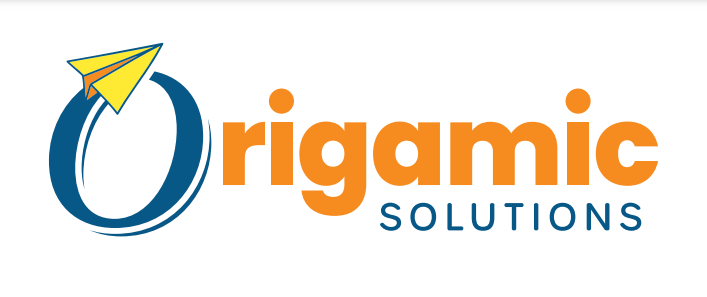Navigating the AI Frontier: Keeping Operations Grounded in Reality

We've all seen the buzz around generative AI – from tools like ChatGPT, Gemini, Copilot, and others promising to streamline tasks, generate reports, and even assist in strategic planning. The potential is undeniable, offering the promise of enhanced efficiency and data-driven insights. However, as we integrate these powerful tools into our operational processes, a critical consideration emerges: the phenomenon of "AI hallucination."
What Exactly is an AI Hallucination?
In simple terms, an AI hallucination occurs when a generative AI system produces information that is factually incorrect, despite sounding plausible. These systems, while incredibly adept at identifying patterns and generating text, lack the inherent understanding of the real world that we humans possess. They operate on statistical probabilities, not absolute truths. This can lead to them fabricating data, citing non-existent sources, or presenting inaccurate summaries.
Why Should Operations Teams Care?
For operations teams, accuracy is paramount. Decisions made based on faulty information can have significant consequences, impacting everything from resource allocation to strategic planning. Therefore, understanding and mitigating AI hallucinations is not a technical abstraction, but a crucial operational necessity.
Strategies for Grounding AI in Reality:
While AI hallucinations present a challenge, they are not insurmountable. We can effectively mitigate their impact by implementing the following strategies:
- Precise Prompts: Crafting clear, specific, and context-rich prompts help guide the AI towards accurate responses, regardless of the platform used.
- Rigorous Data Validation: VERIFY, VERIFY, VERIFY! Implement robust data validation processes to ensure the accuracy of AI-generated outputs, regardless of the tools used to create them.
- Human Oversight: Integrate human review and validation into critical workflows, ensuring that AI outputs are verified against established data and expert knowledge. This is critical for output from any AI system.
- Contextual Grounding: Leverage trusted external and internal knowledge sources to improve the accuracy of any AI tool.
- Report Inaccuracies: Use the thumbs up/down options on the response to communicate the accuracy of response. This will help in retraining the AI model. You can also tell the AI agent that the information was incorrect and give it more prompt information to help point it in the right direction.
The Human Element: Our Greatest Asset
It's crucial to remember that AI is a tool, not a replacement for human expertise. Our critical thinking, domain knowledge, and contextual understanding remain invaluable. By combining the power of AI with our human judgment, we can unlock its true potential while minimizing the risks.
Moving Forward: Embracing AI with Confidence
At Origamic Solutions, we understand the complexities of integrating AI into operational processes. We believe that a collaborative approach, combining technological expertise with practical operational knowledge, is essential for successful AI implementation, no matter what tools your company chooses to use.
Let’s Collaborate:
Ready to explore how to leverage AI effectively in your operational processes, while minimizing the risks of hallucinations from generative AI tools? Schedule a conversation with Origamic Solutions today! We can help you develop tailoredstrategies to integrate AI seamlessly into your workflows, ensuring accuracy, efficiency, and informed decision-making. Let's work together to navigate the AI frontier and unlock its true potential for your organization.
 Jim Blizzard Principal |
At Origamic Solutions, we take a collaborative and values-based approach to process engineering and operations improvement. Our consulting, advisory, and support services are focused on creating and implementing efficient and effective tactical business solutions that enables the achievement of your strategic vision and operational goals. |

|



.png?width=352&name=microsoft_machine_learning-removebg-preview%20(1).png)